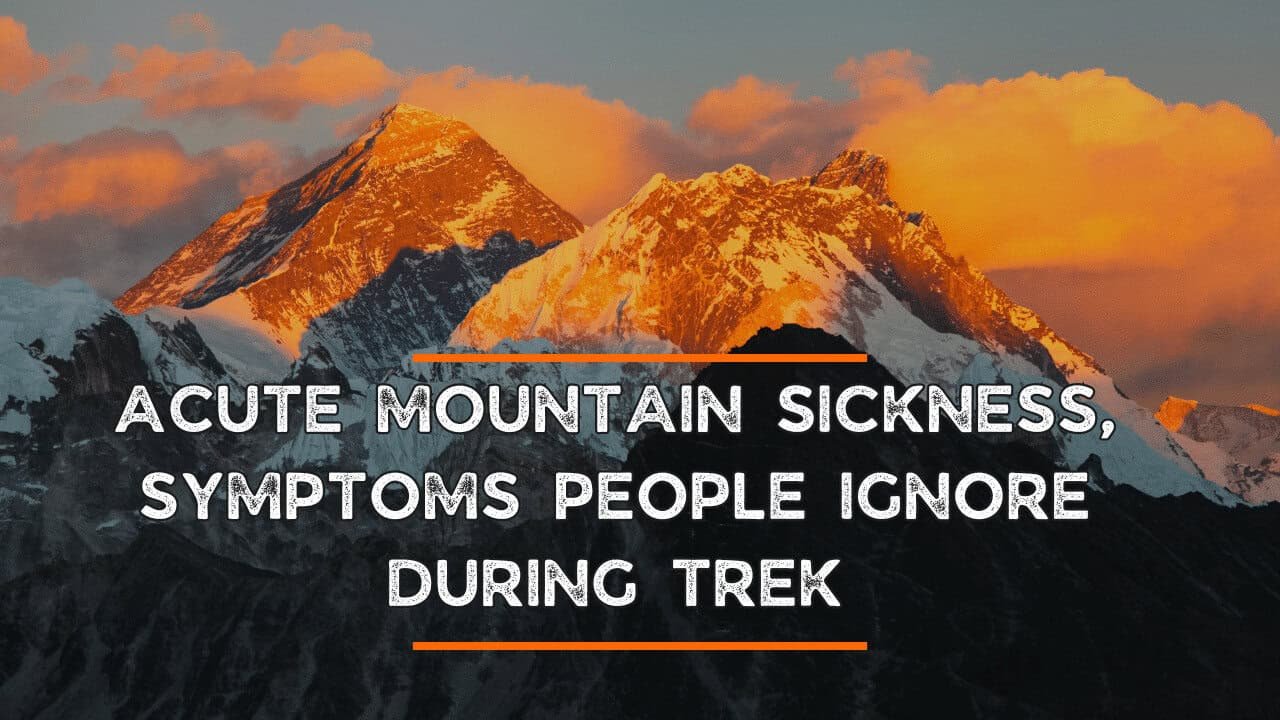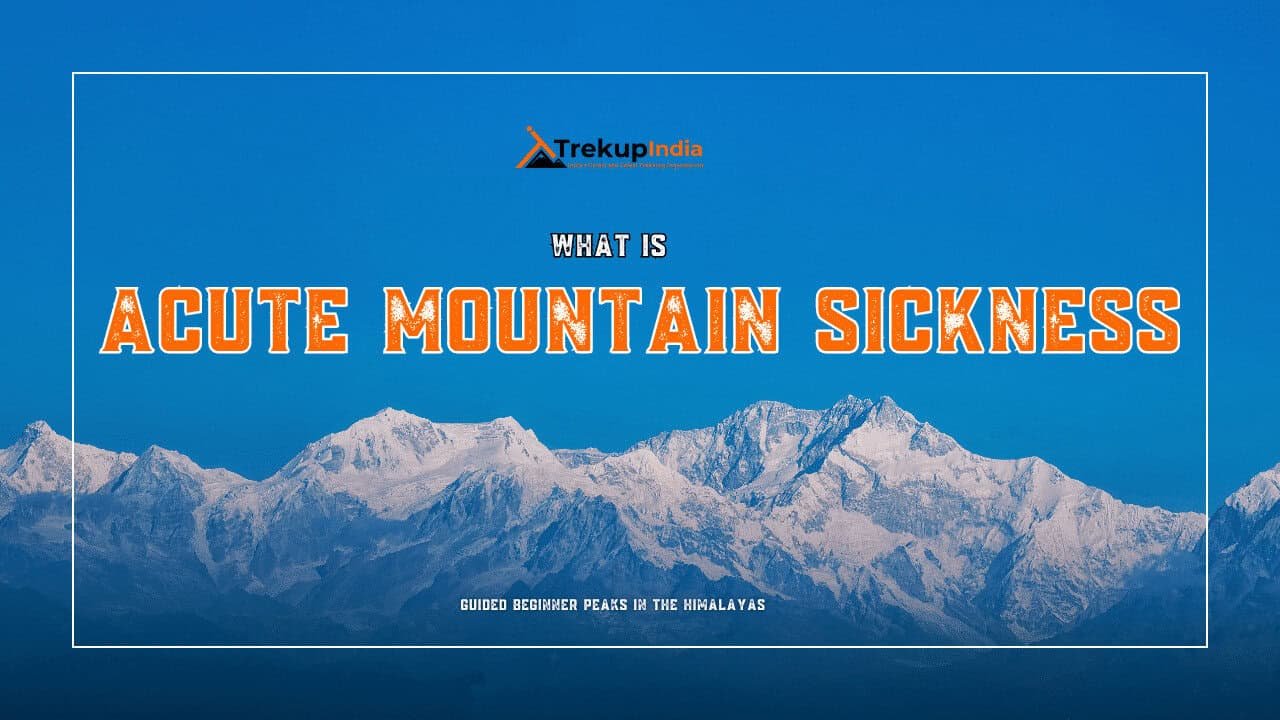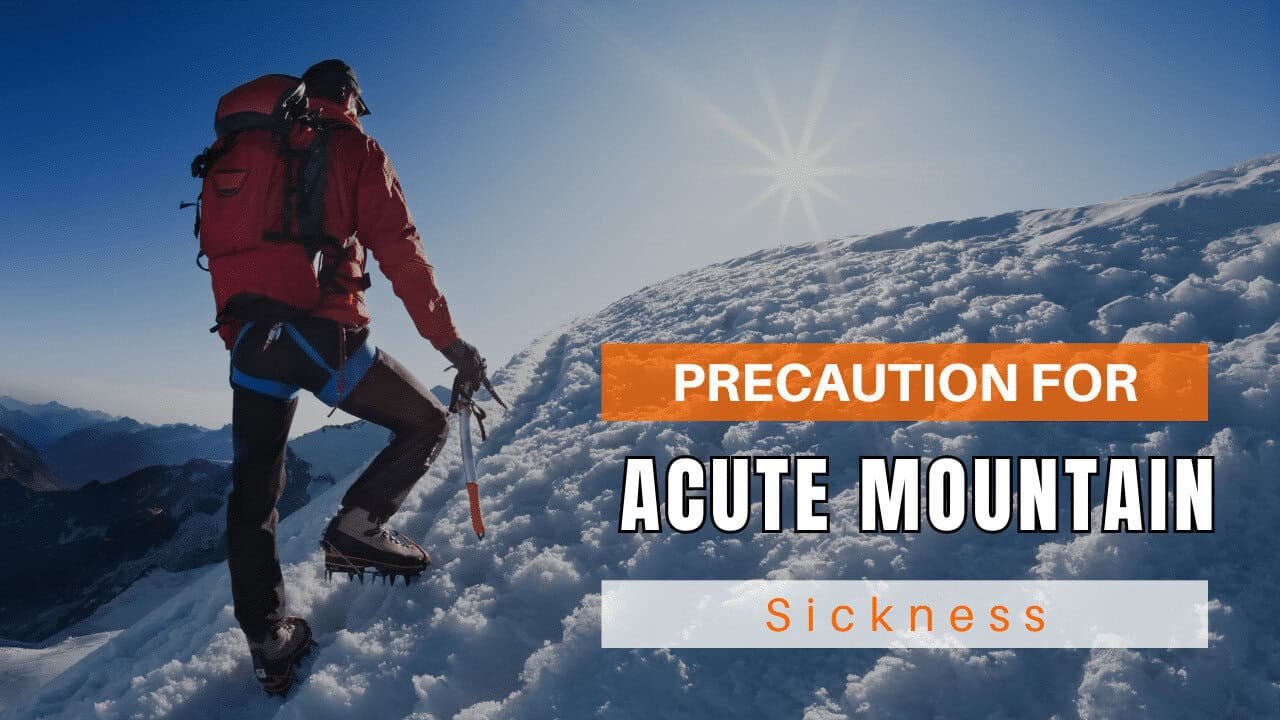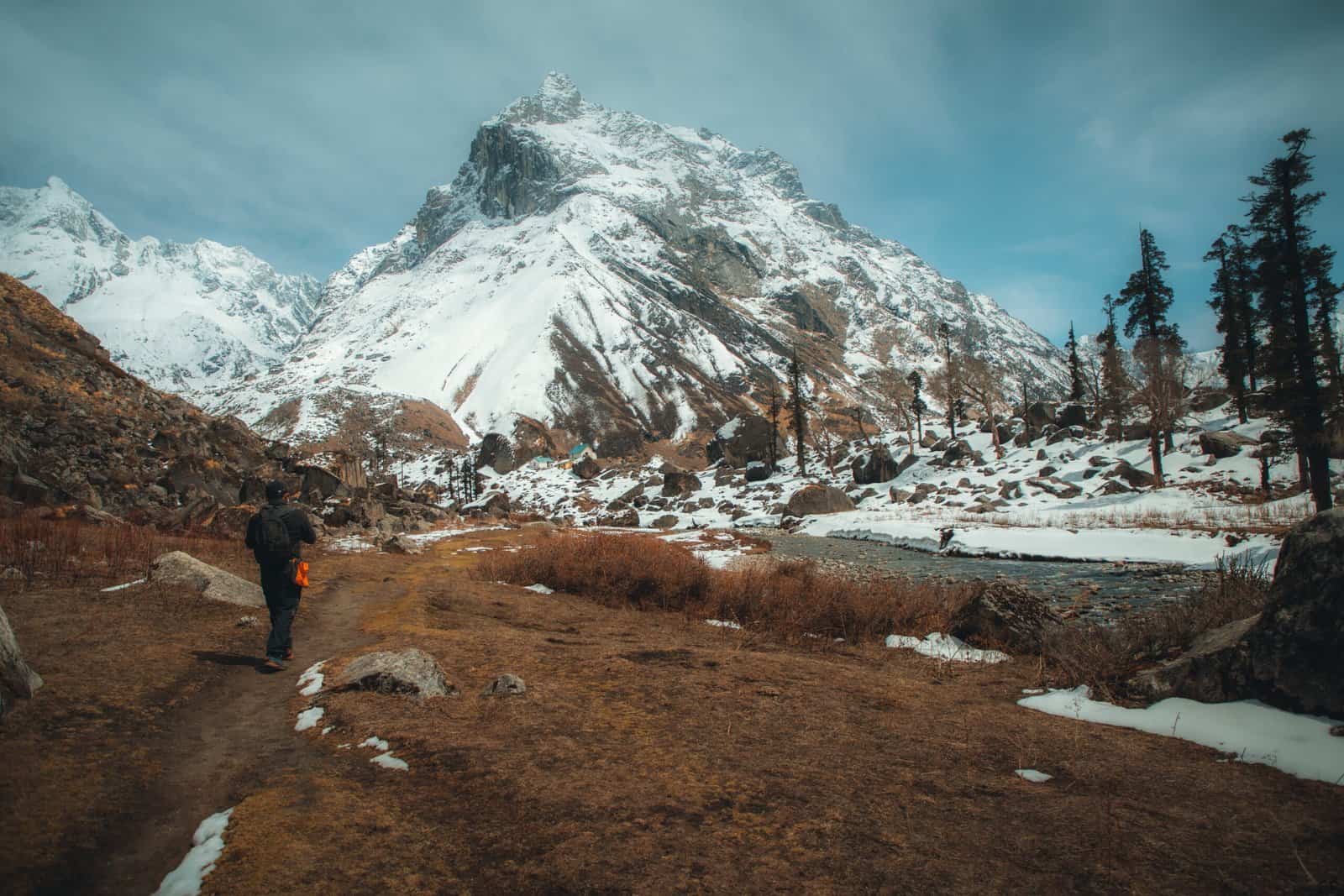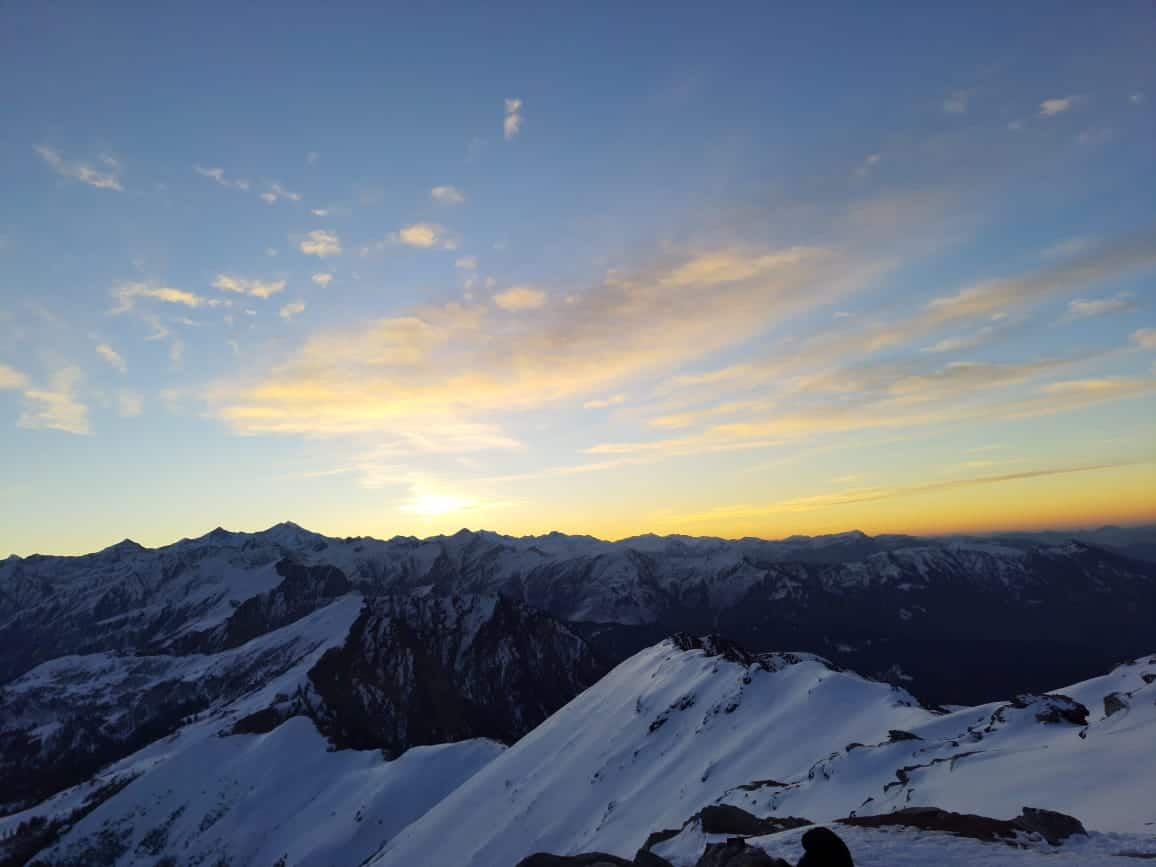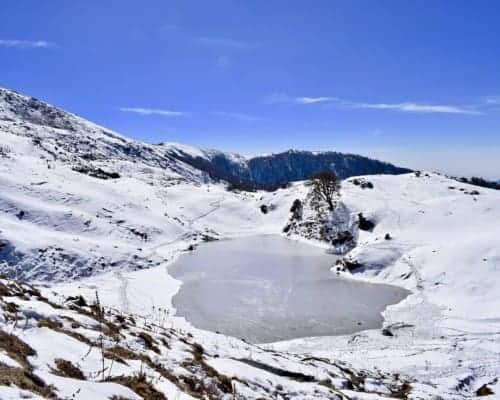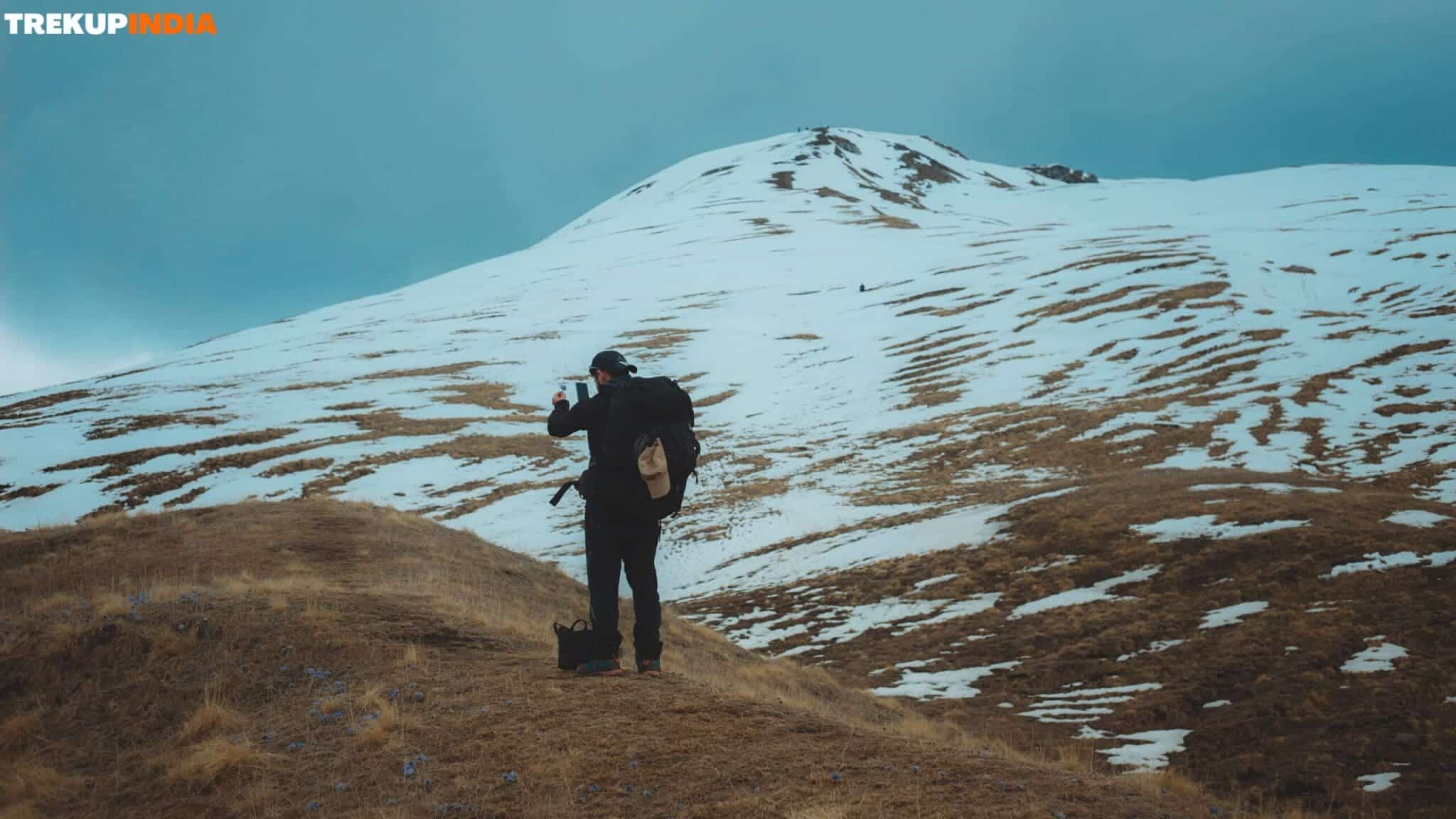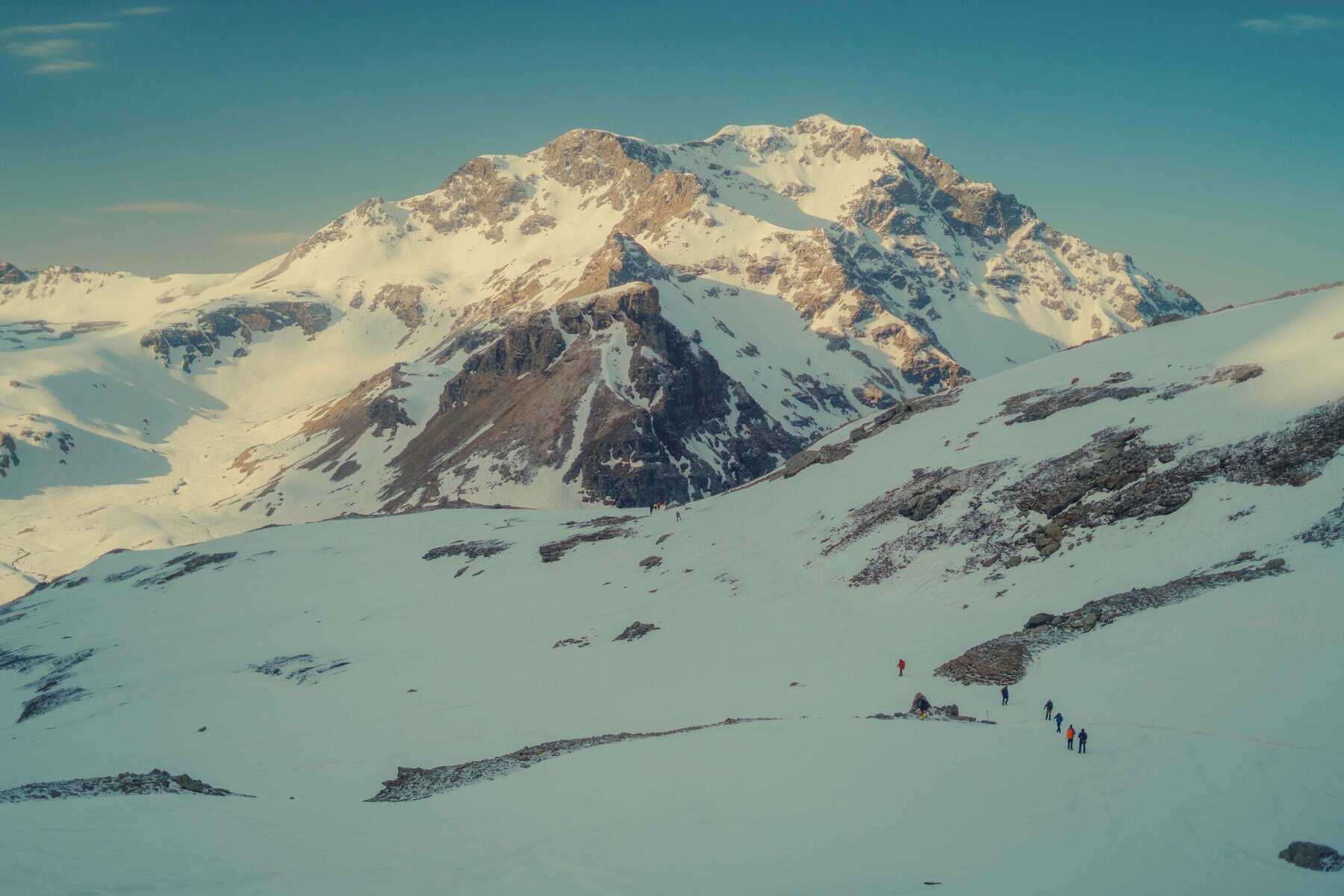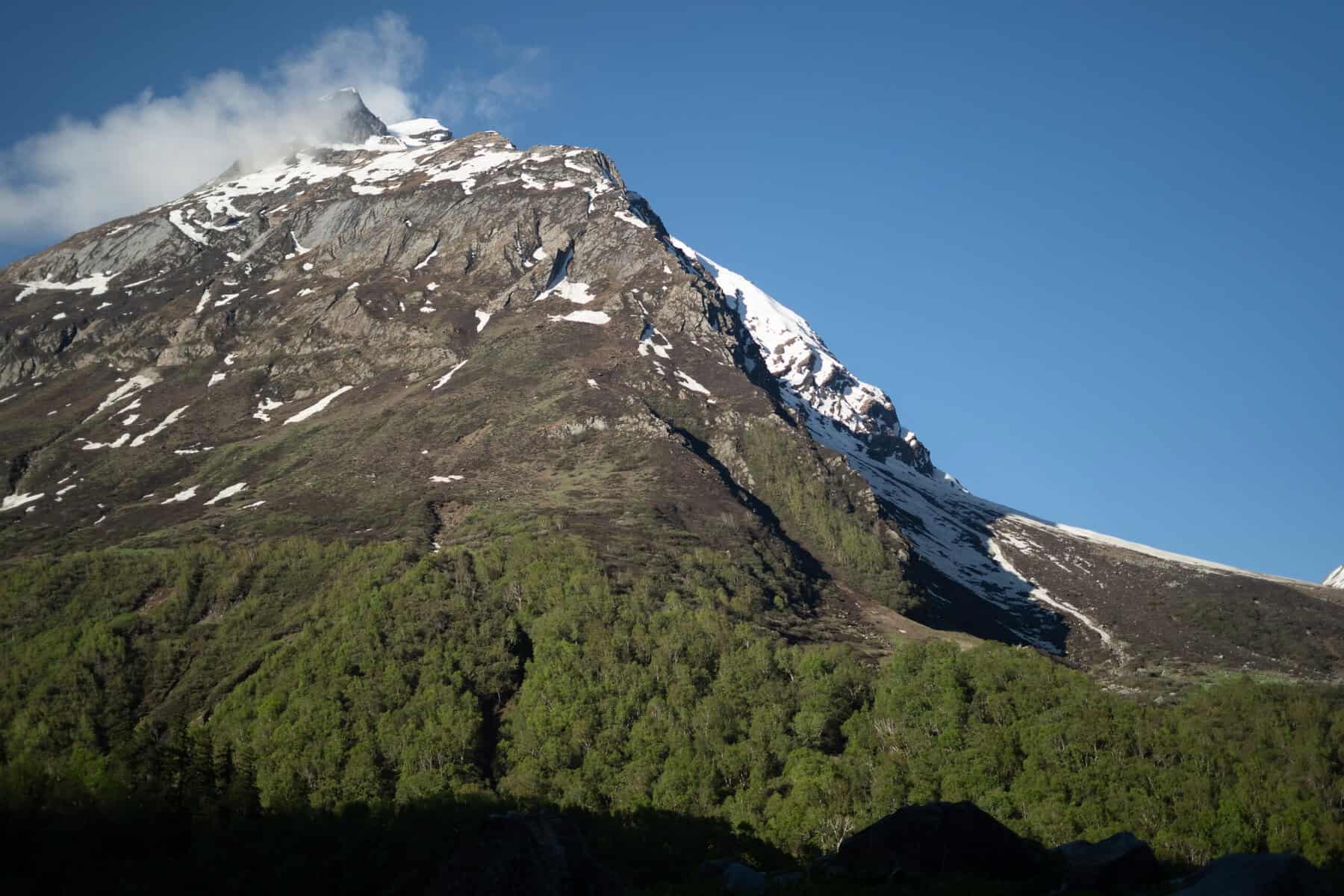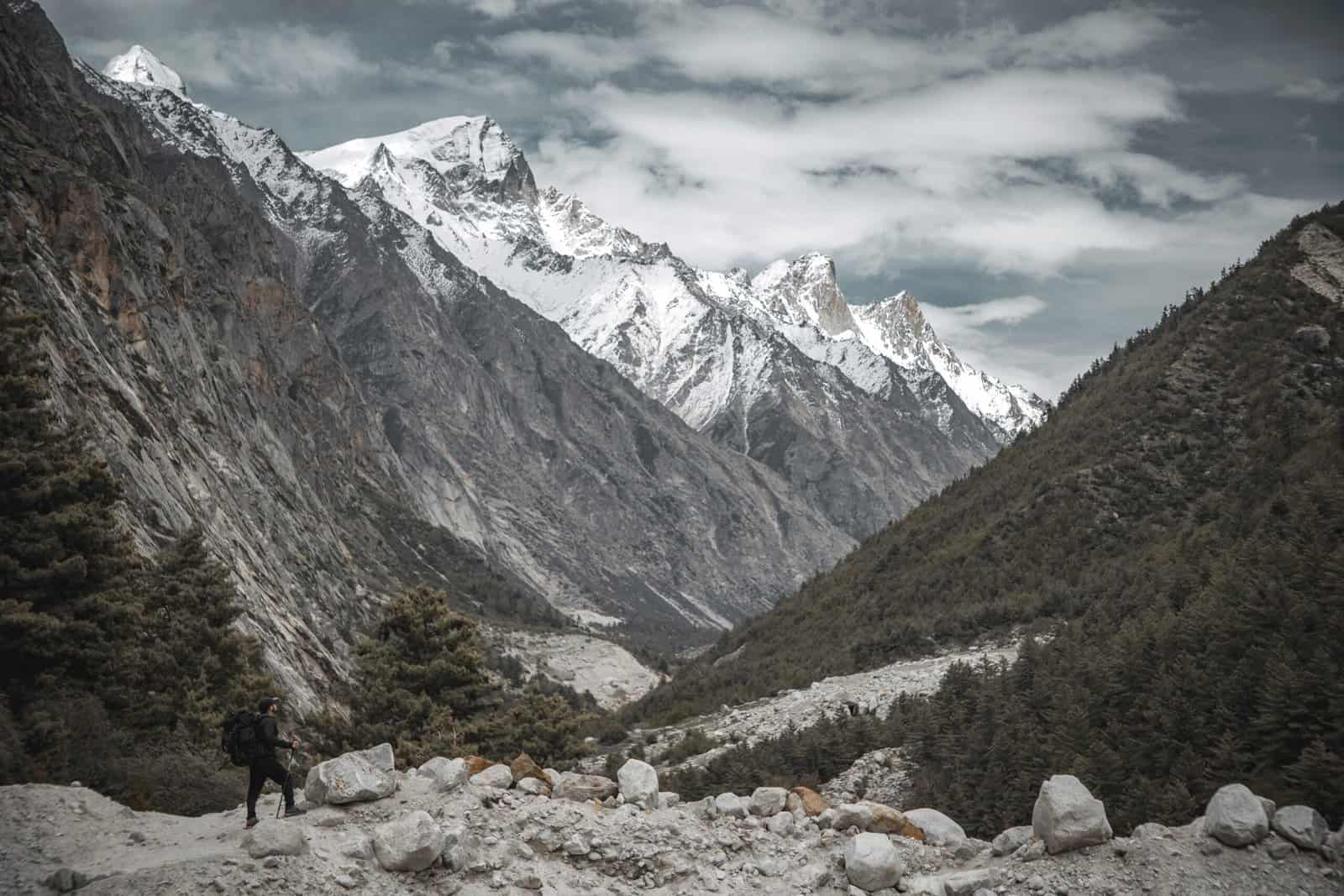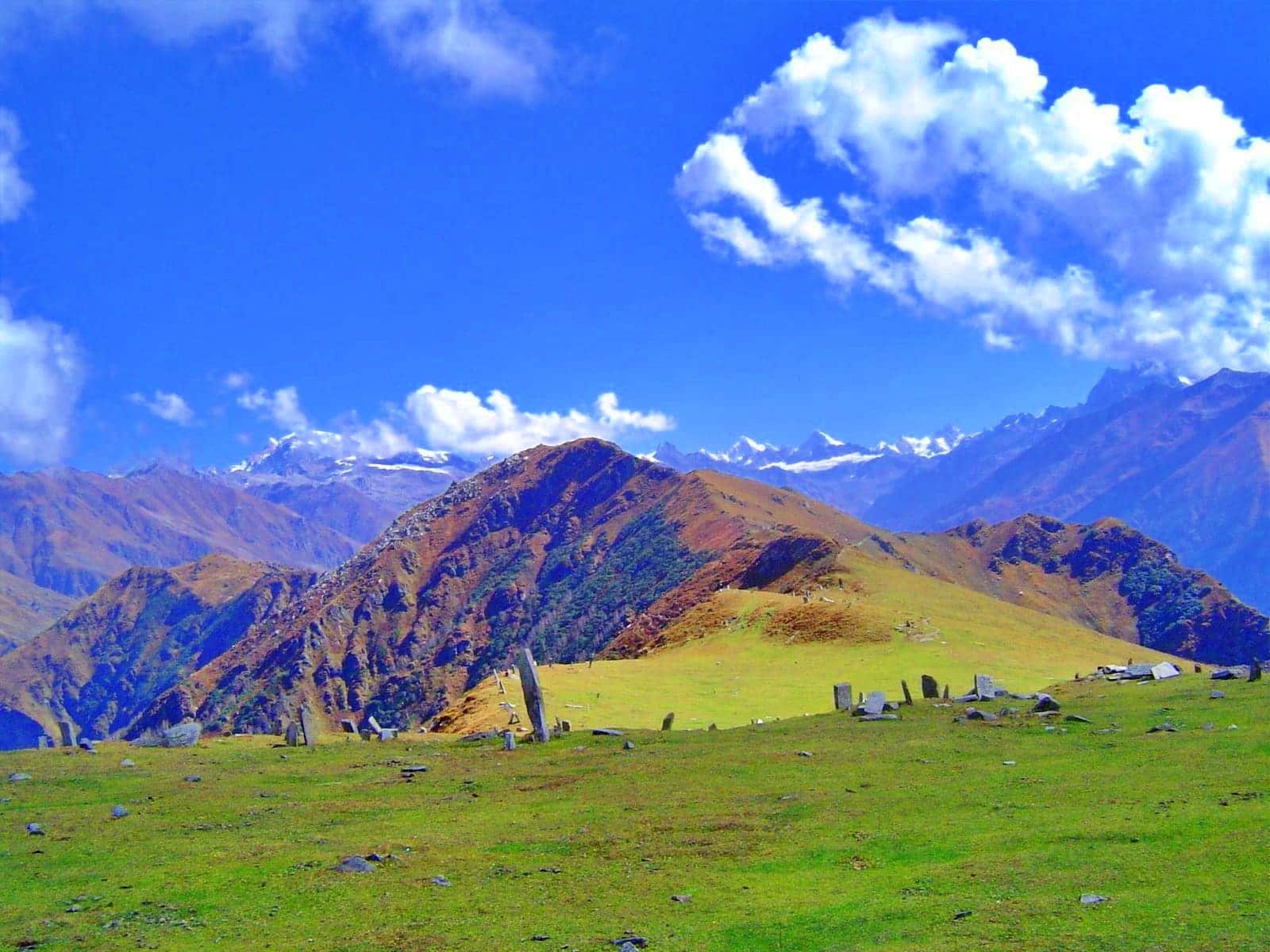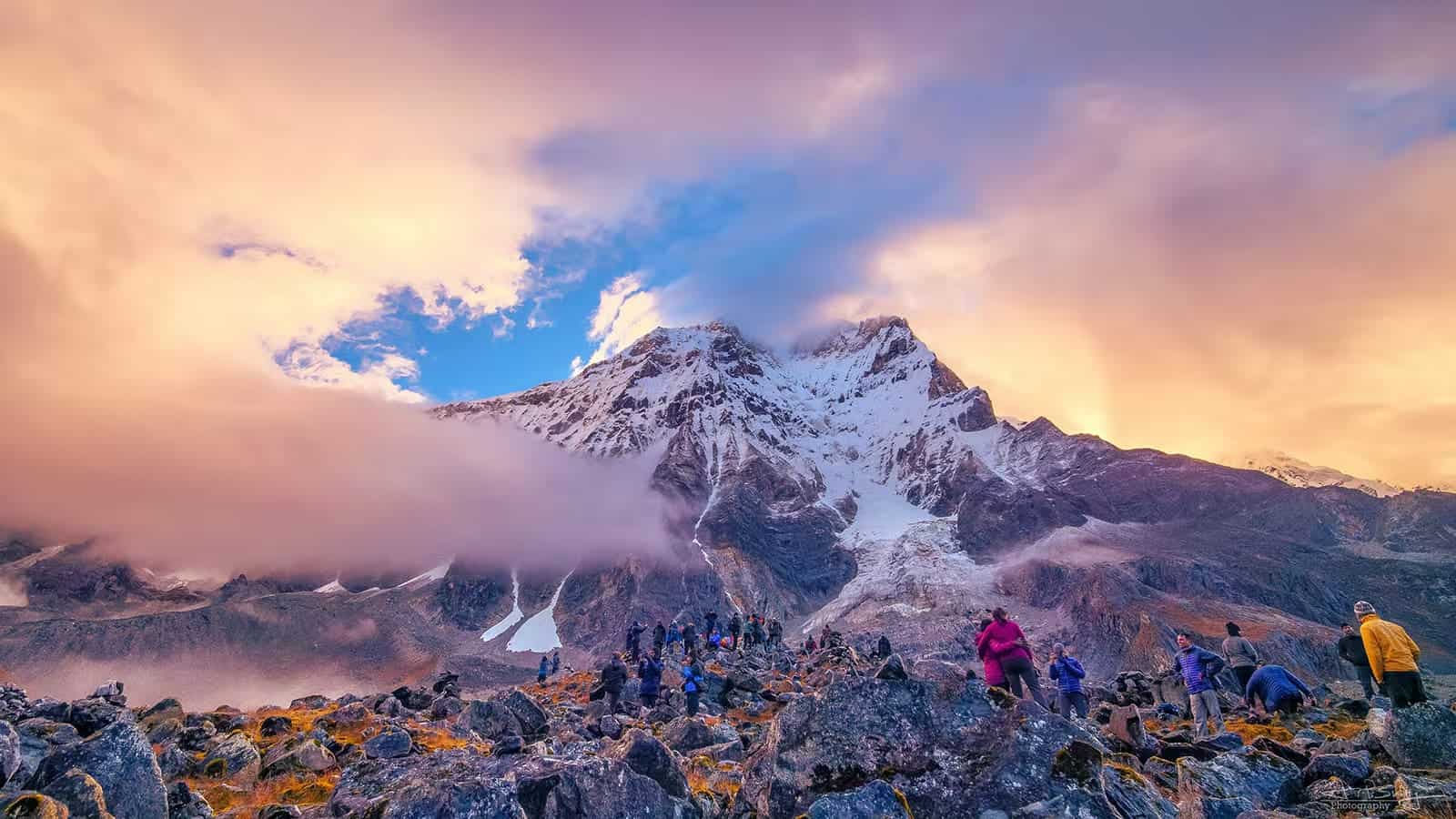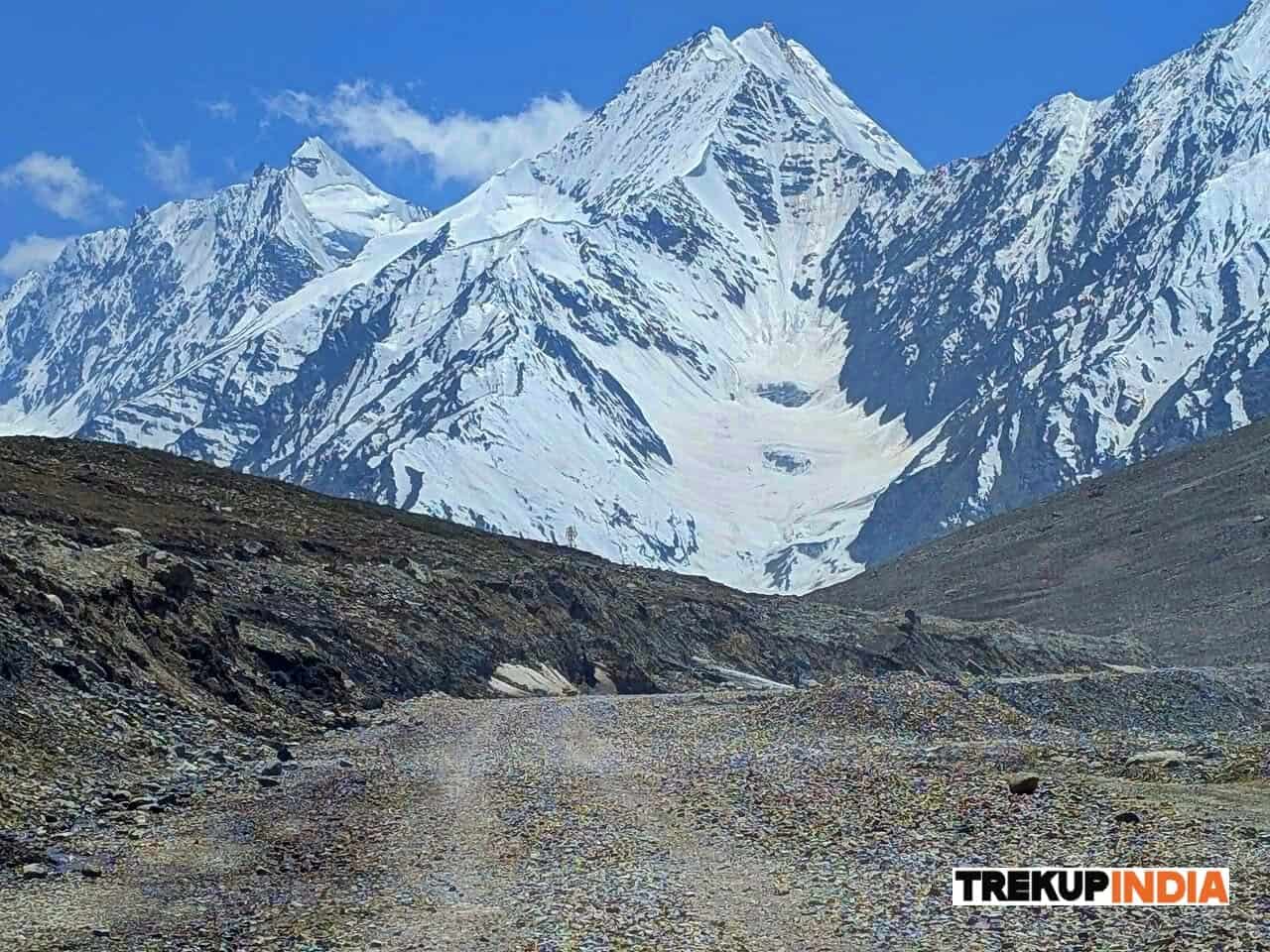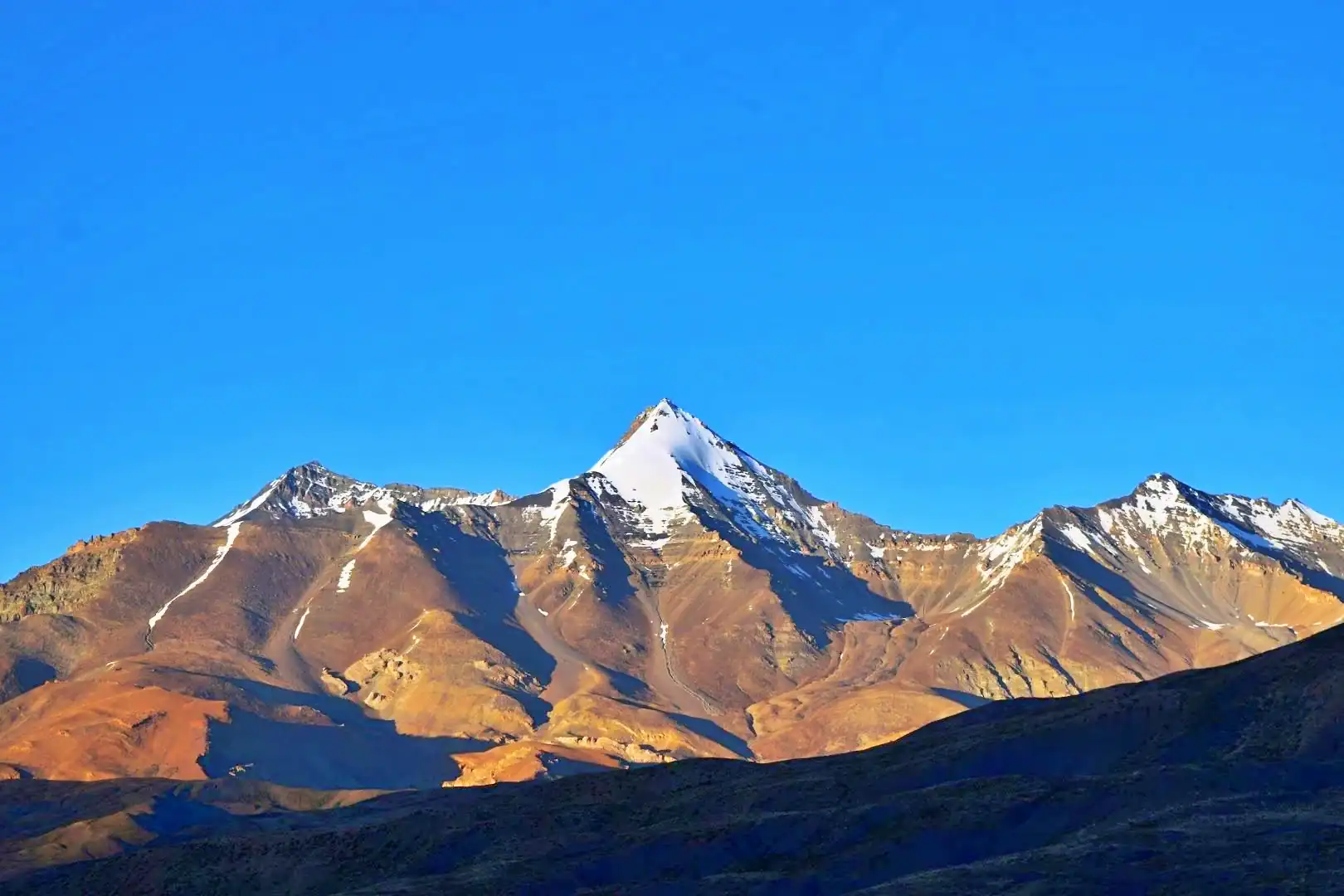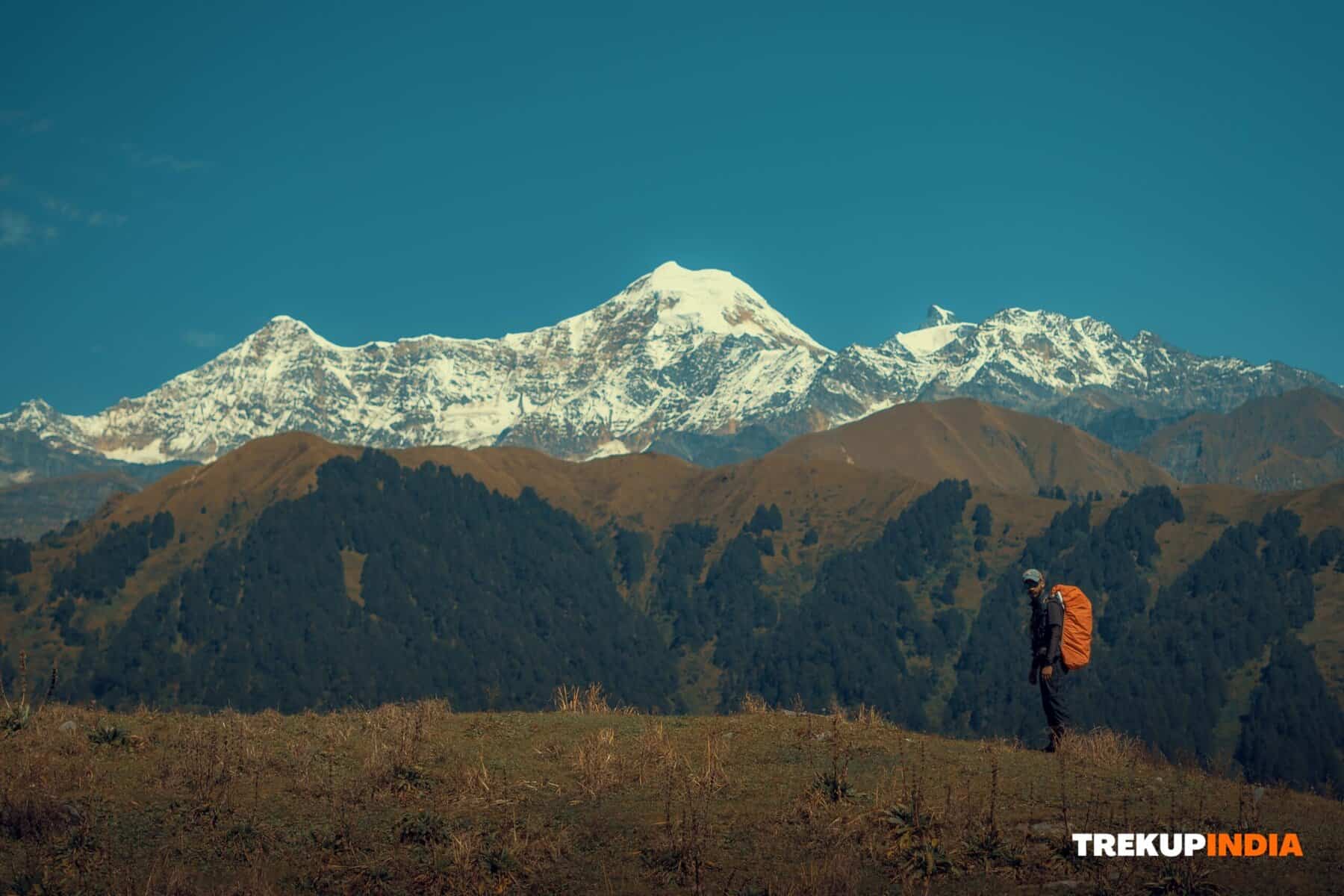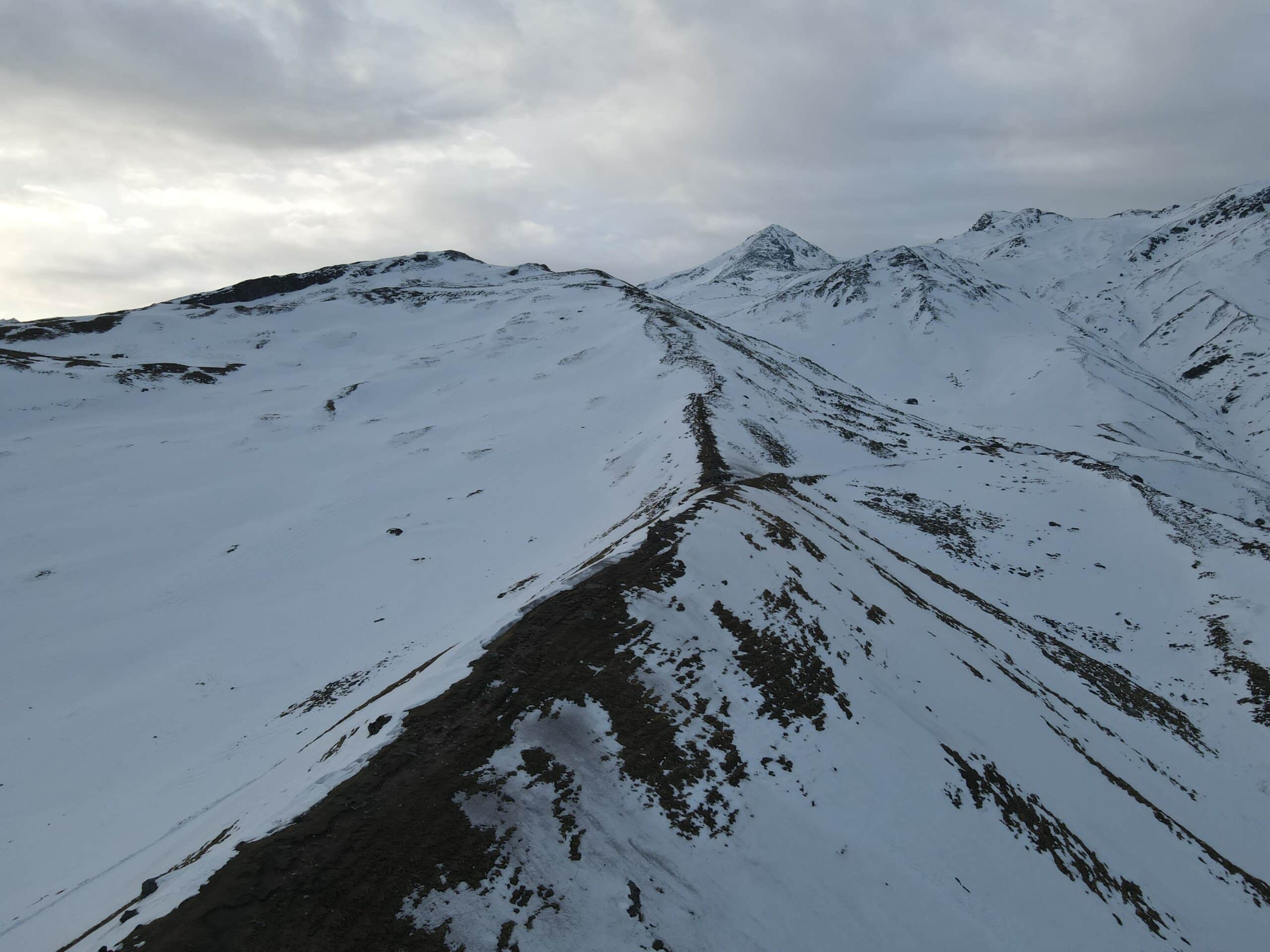Trek Hygiene Tips India: Stay Clean on Multi-Day Treks
TrekUp India provides simple guidelines to ensure proper sanitation while camping or trekking outdoors that help make the experience comfortable and safe. By adhering to basic hygiene guidelines with minimal effort, you will remain clean and healthy, and avoid common health concerns among the populace while remaining comfortable even in remote regions of the Himalayas or Western Ghats. As with anything, preparation is the key to controlling body odours, dental hygiene, and foot hygiene when trekking – from controlling body odours, dental hygiene, foot hygiene, and garbage elimination. Cleanliness not only enhances your trekking experience but also ensures that both nature and other trekkers are respected during this endeavour.
The Golden Rule: Cotton Doesn't Smell
This rule holds as cotton attracts sweat, stays damp, and becomes an best breeding ground for bacteria. Merino wool/synthetic fabric blends are naturally antimicrobial while still drying quickly – use two pairs at once, then rotate.
Pro Tips: Hang sweaty clothing outside your tent in the evening so the UV rays can kill bacteria!
A No-Shower Routine
What You Need: Biodegradable soap such as Dr. Bronner’s or other similar options (such as DTronners soap )
Microfiber light towel that holds 1L of water.
How To: Wash a bandana or cloth using soap.
Uncover the most critical areas (armpits, groin, and foot).
Clean with only water (or wet cloths).
Dry your garment either using a towel or air drying.
Extra: Use biodegradable baby wipes for quick refreshers.
Dental Hygiene: Don’t Neglect Your Teeth
Start practicing good dental hygiene habits today by equipping yourself with a toothbrush and a small amount of toothpaste (or baking soda for back-up).
Food debris caught between teeth can lead to bad breath, infections, and more if left untouched for too long. With flossing picks available to use at drugstores today, now more than ever, it is important to floss regularly if you want fresh breath and healthy teeth!
Mint leaves found along Himalayan treks can help refresh your breath.
Hacks: Skip rinsing for reduced water usage. Remove any extra paste.
Foot Care: Prevent Blisters and Fungus
Your feet are essential – take good care in keeping them happy by airing them out at regular intervals, using antifungal powder in the evening, sleeping with clean socks (preferably dry socks), and covering any hotspots before blisters form with tape or moleskin to avoid further complications.
Warning: Never ignore persistent redness/swelling; early treatment prevents disaster!
Note:
- Leave no trace do it right when digging a cathole (6-8 inches deep and more than 200 feet from any water sources), be sure to follow these rules:
- Make use of organic tissue paper (smooth leaves and stones), or store used wipes in Ziplock bags.Cover completely to accelerate decomposition.
- Carry a smaller trowel; it makes digging much simpler.
Feminine Hygiene on the Trek
When trekking, maintaining feminine hygiene is crucial for comfort and health. It is recommended to pack specific items like biodegradable wipes, a menstrual cup or tampons, and a small, sealable bag for waste. A menstrual cup is an excellent option as it reduces waste and can be reused. If using pads or tampons, remember to carry them out with you. Additionally, carrying a small bottle of hand sanitizer and a travel-sized bidet can be helpful. Staying hydrated and wearing breathable, quick-drying underwear can also help prevent infections. Prioritizing these practices will ensure a more comfortable and enjoyable trekking experience.
Hand Sanitizer Is Your BFF
Make sure to utilize hand sanitizer before eating and during toilet breaks to maintain optimal hand health.
Soap leaves offer a lightweight alternative.
Essential: For best results in the fight against stomach bugs, avoid touching your face with unclean hands.
Hair & Facial Glint Control
Dry hair (or baby powder) can absorb by the scalp.
A hat/bandana can protect from sun damage by covering hair that’s been exposed to oil or grime, covering it up, and protecting it.
Protecting skin from sunburn is essential. Sunscreen and lip balm may soothe this pain.
Note: Long hair should be braided to reduce tangles.
The Ultimate Hygiene Kit (Lightweight and Effective)
In order to create an efficient hygiene kit that’s both lightweight and effective.
Here’s what you should bring: Biodegradable soap, microfiber towels, toothbrush + paste (biodegradable), biodegradable wet wipes (biodegradable) ecologique wipes wet (biodegradable) wipes wet biodegradable (biodegradable), handsanitizer with antifungal powder and ziplock bags (for garbage) Products designed specifically to treat menstrual cycles (if necessary).
Conclusion
Trekking India’s majestic treks doesn’t need to be at the expense of your hygiene. With proper planning and equipment in hand, any trek can remain clean, healthy, and relaxing regardless of its length. By making smart clothing selections and dry-cleaning schedules, as well as foot treatments and dental hygiene practices for women, every small effort will contribute towards an overall enjoyable, relaxed, and safe journey.
As part of TrekUp India, we have learned that good hygiene can significantly boost morale while also helping avoid avoidable problems like blisters, infections, and digestive issues. Therefore, take your health just as seriously as your equipment and fitness – healthy people make for happy trekkers! That is exactly the attitude we strive for on each trek.
About Author

Preetam Singh Rawat (Founder)
The person behind this trekking organization is someone who’s spent over a decade – 12 years, to be exact – living and breathing the mountains. With multiple high altitude summits under his belt (we’re talking 6000 to 7000 meter peaks), he’s not just experienced – he’s the real deal.
But what really sets him apart is the sheer number of treks he has guided. He has led over 200 Himalayan expeditions, including well known routes like Bali Pass, Buran Ghati, Rupin Pass, Pin Bhabha, Stok Kangri, and Black Peak. Not just once, but multiple times. So yeah, when it comes to the Himalayas, he knows every twist in the trail and every story the mountains have to tell.
Got questions or want to get in touch? Write to Preetam at preetam@trekupindia.com. He’s always happy to chat about treks, answer your questions, or help you prepare for your next big adventure.
Share this article
Dates For Upcoming Treks
Want To Trek Like Pro?
Basically, watch these videos if you want to trek the same way professional trekkers do and make your skills better. These videos contain useful tips and techniques to further improve your trekking skills itself. These videos actually help both new and experienced trekkers improve their trekking skills. These videos definitely provide useful tips that make your trek better. We are seeing that these videos by Trekup India experts will only help you make your trekking skills better.
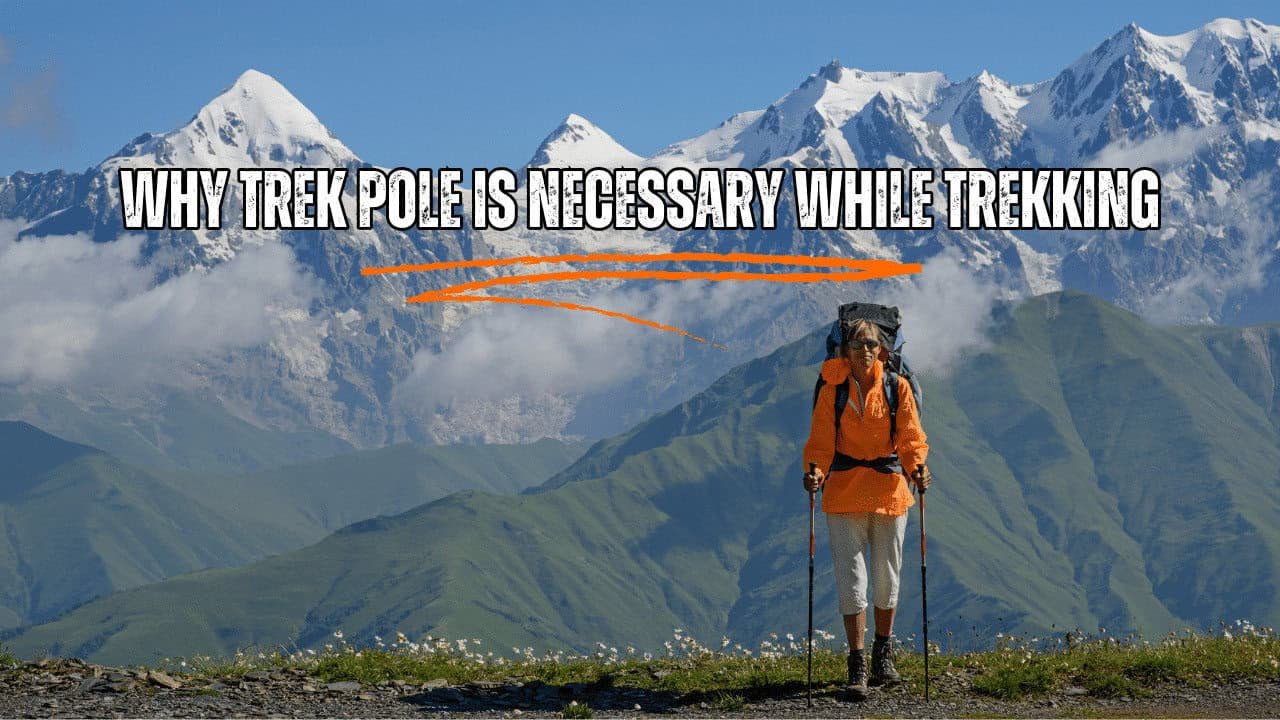
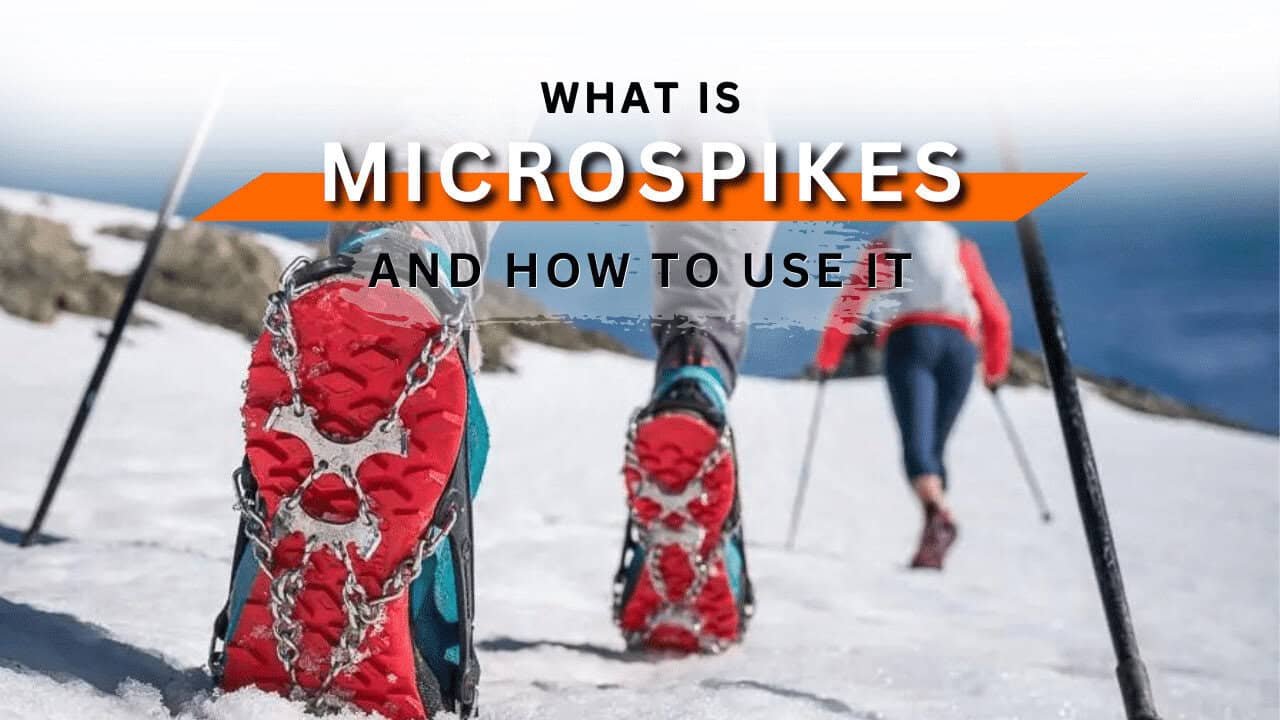
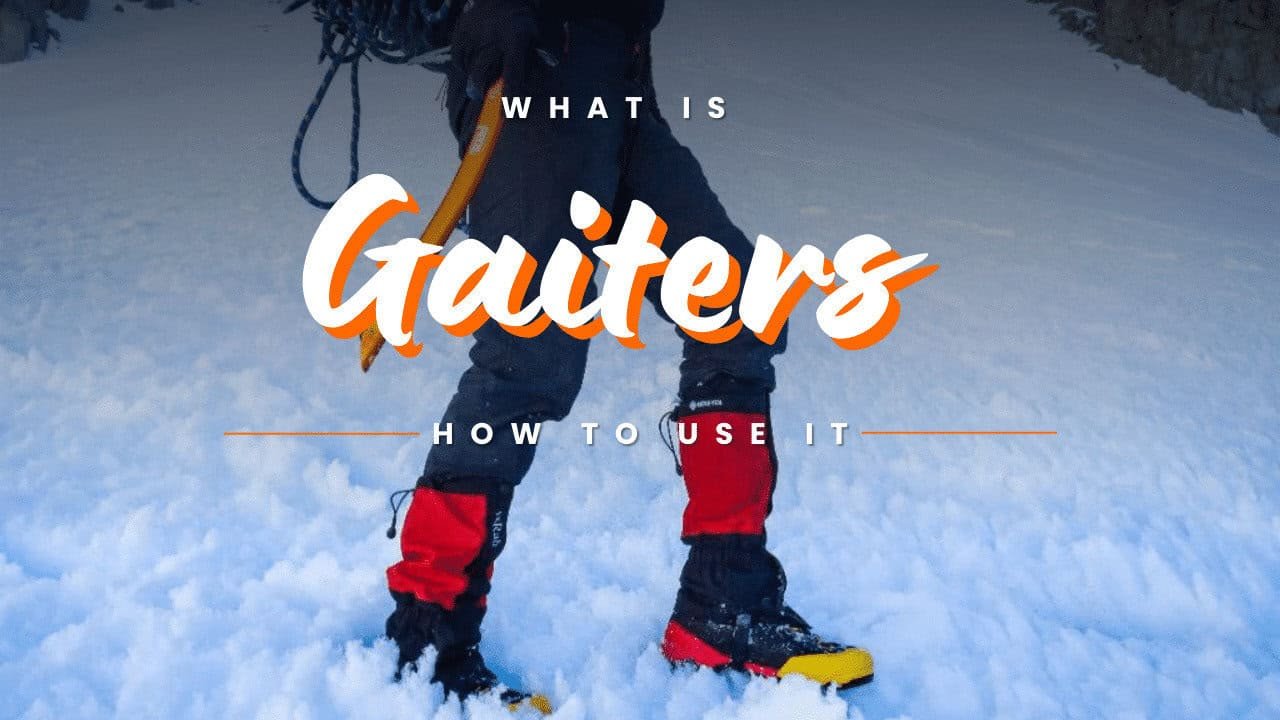
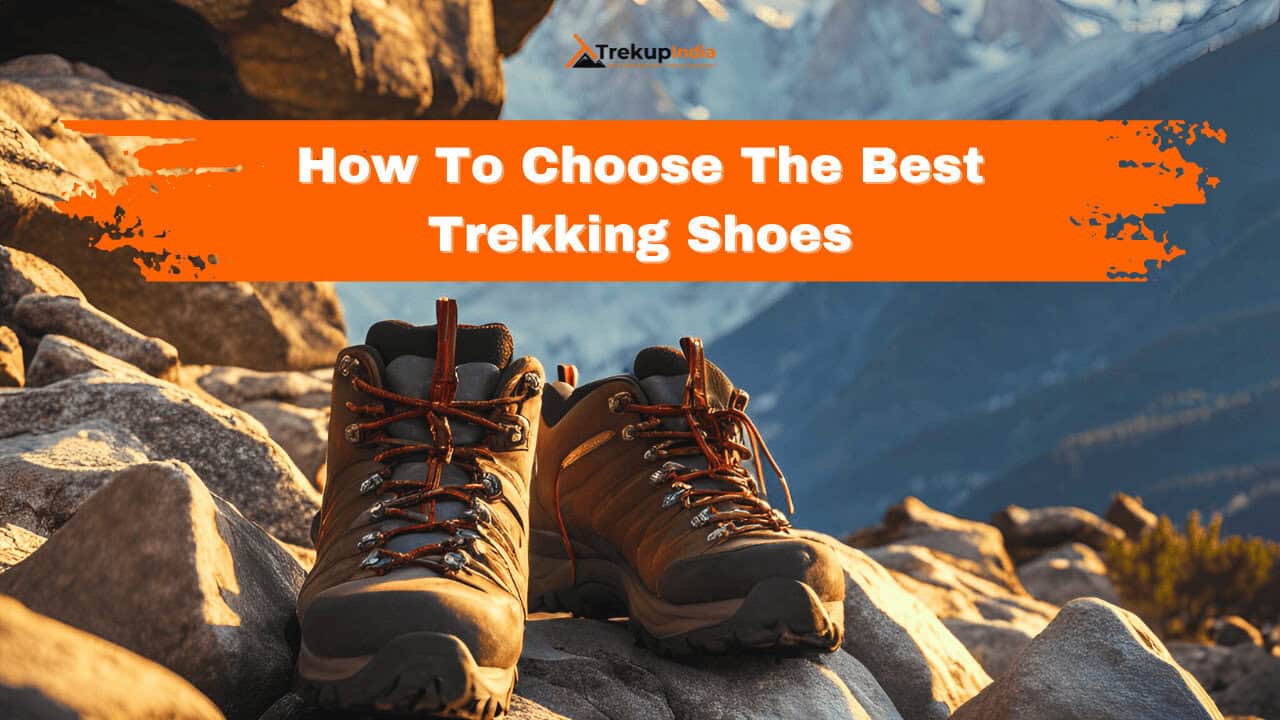

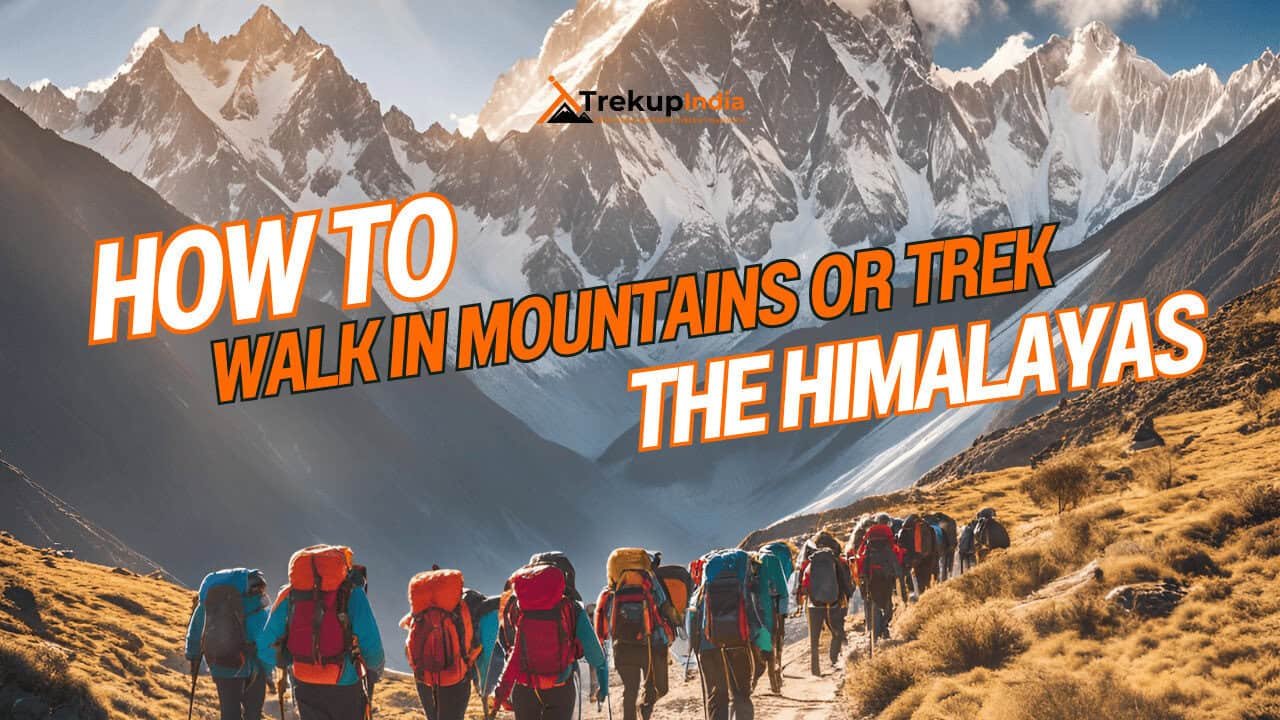

Know Everything About Acute Mountain Sickness
Acute Mountain Sickness occurs when people trek to high altitudes above 8,000 feet. This condition itself develops further due to reduced oxygen levels at such heights. Basically, as you go higher up, the air pressure and oxygen levels decrease, which causes the same problem. Acute Mountain Sickness surely causes headache, nausea, vomiting, and dizziness in affected persons. Moreover, peoples also experience difficulty in sleeping during this condition. To avoid mountain sickness, you should actually trek up slowly to higher altitudes. To learn further about this condition itself, watch the videos by Trekup India.
